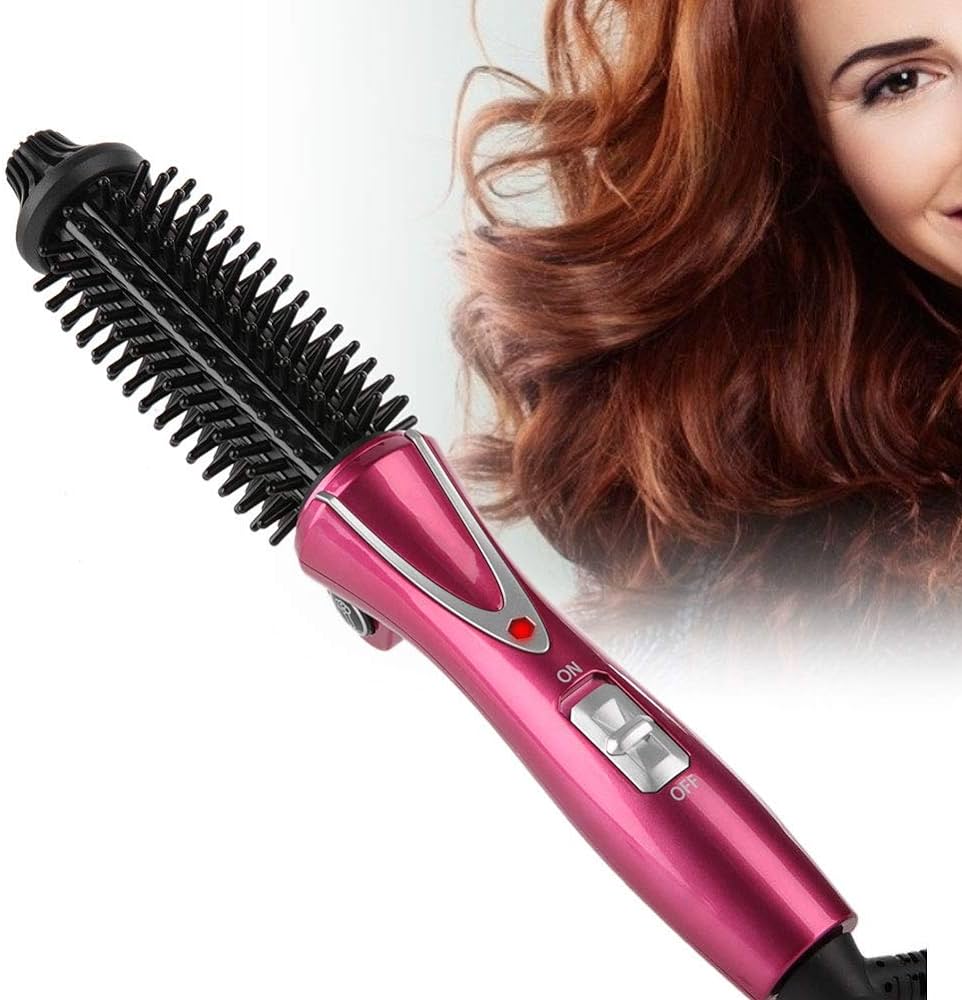Introduction:
Curly hair requires special care and handling to maintain its natural texture and prevent frizz or damage. Knowing when to brush curly hair can make a significant difference in how your curls look and feel. This comprehensive guide explores the best times and methods for brushing curly hair, including specific techniques, recommended tools, and maintenance practices to keep your curls healthy and beautiful.
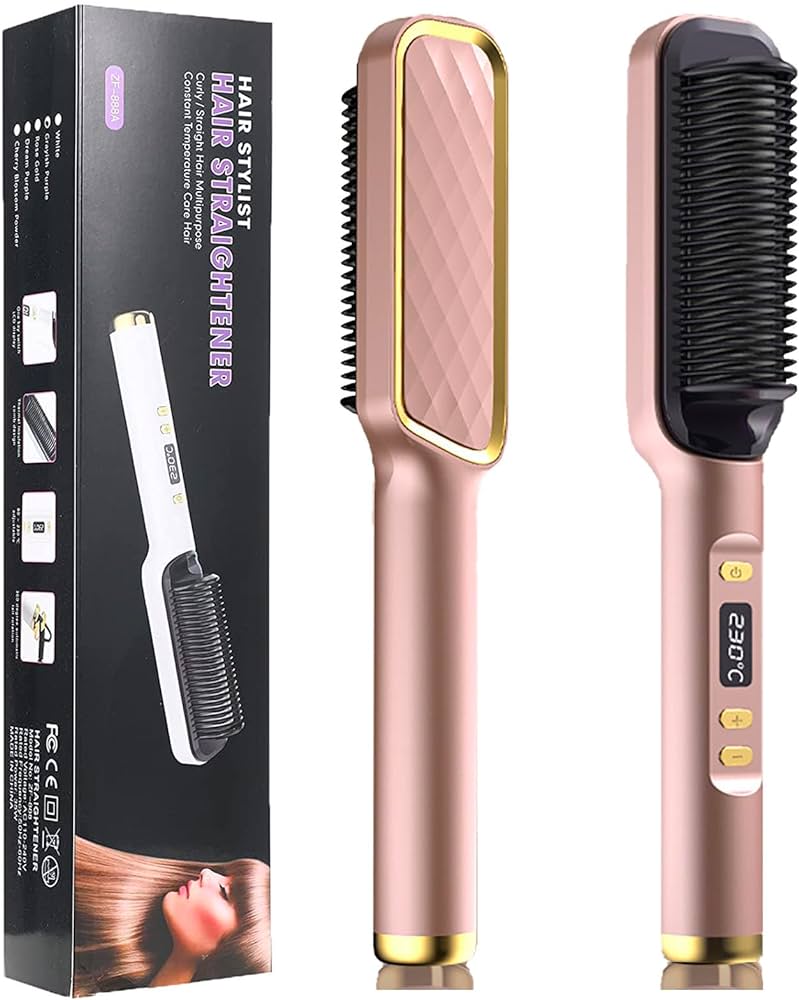
When Should You Brush Curly Hair?
Understanding the Unique Needs of Curly Hair
Curly hair differs significantly from straight or wavy hair and needs particular attention.
Curl Pattern and Texture: Curly hair has a unique structure with twists and turns that can make it more prone to tangling and frizzing. The tighter the curl pattern, the more delicate and prone to damage your hair may be.
Porosity and Moisture: Curly hair often tends to be drier than other hair types due to its porous nature, which can make it more susceptible to breakage. Moisture retention is crucial to maintaining the health and appearance of your curls.
Brushing Curly Hair: Timing and Techniques
The timing and techniques used to brush curly hair play a crucial role in maintaining its integrity and preventing damage.
When to Brush Curly Hair: Generally, the best time to brush curly hair is when it’s wet or damp, often during or after a shower. Wet hair is more flexible and less prone to breakage, making it easier to detangle curls without causing damage or frizz.
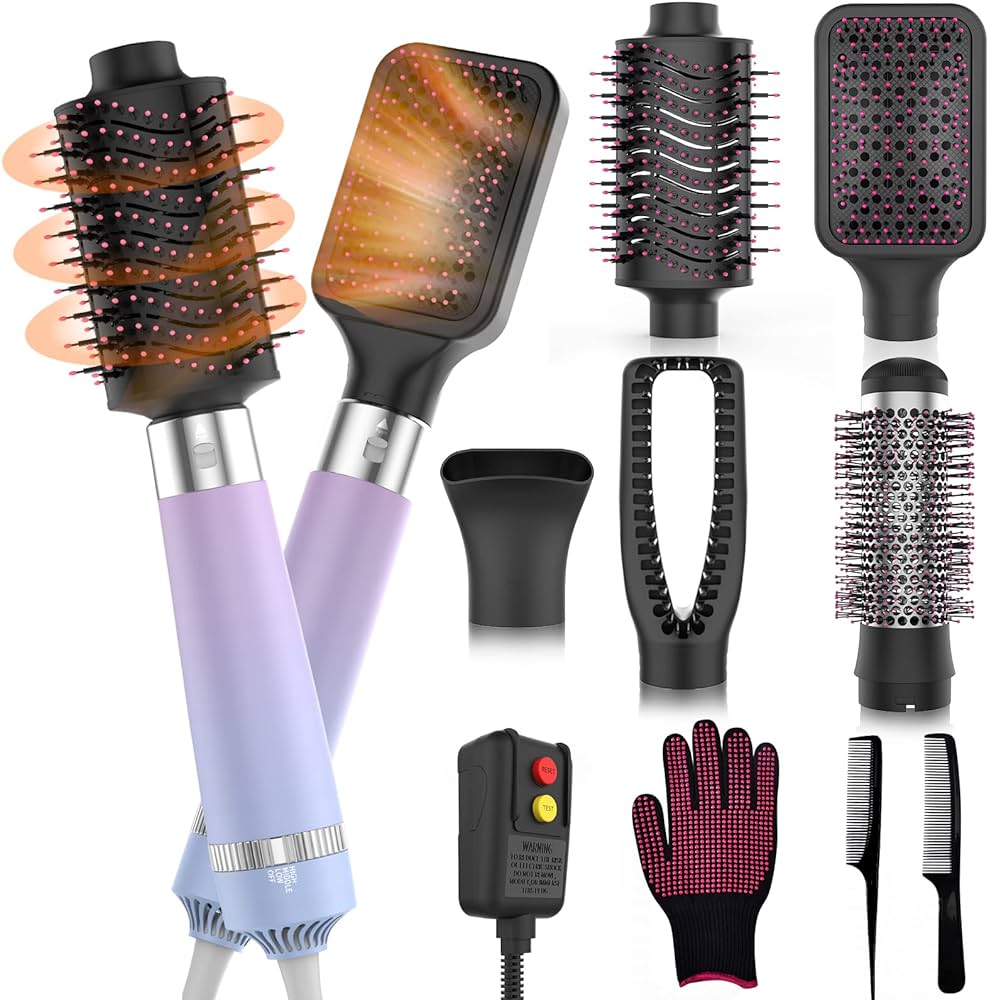
Step-by-Step Guide to Brushing Curly Hair When Wet
Follow these detailed steps to brush your curly hair when it’s wet, ensuring you maintain the curl pattern and reduce frizz.
Step 1: Start with Clean, Conditioned Hair
Wash and Condition: Begin by washing your hair with a sulfate-free shampoo and following up with a hydrating conditioner specifically for curly hair. These products help maintain moisture and make detangling easier.
Apply Leave-In Conditioner: Once you’ve rinsed out your conditioner, apply a leave-in conditioner to damp hair. This product helps further moisturize and detangle your curls, reducing the risk of breakage while brushing.
Step 2: Section Your Hair
Divide Into Sections: Use hair clips to divide your hair into manageable sections. Smaller sections make it easier to brush through curly hair without causing tangles or frizz. Start with four to six sections, depending on your hair’s thickness and curl pattern.
Work from the Bottom: Begin detangling at the bottom section and work your way up. This method ensures you don’t miss any tangles and reduces the risk of breakage.
Step 3: Gentle Detangling
Use a Wide-Tooth Comb: Start brushing each section with a wide-tooth comb. Begin at the ends and work your way up to the roots, using gentle, steady strokes. This process helps detangle the curls without pulling or breaking the strands.
Introduce a Curl-Friendly Brush: After detangling with a wide-tooth comb, you can use a curl-friendly brush like a Denman brush to define the curls further. Ensure the brush has smooth, gentle bristles that won’t snag or frizz your hair.
Step 4: Applying Curl Products
Apply Styling Products: After brushing, apply a curl-defining cream, gel, or mousse to each section of your hair. These products help enhance and hold your curl pattern, reducing frizz and adding shine.
Scrunch for Definition: Scrunch your hair gently from the ends toward the roots to encourage the curl pattern. Use a microfiber towel or a T-shirt to scrunch, as they are less likely to cause frizz compared to regular towels.
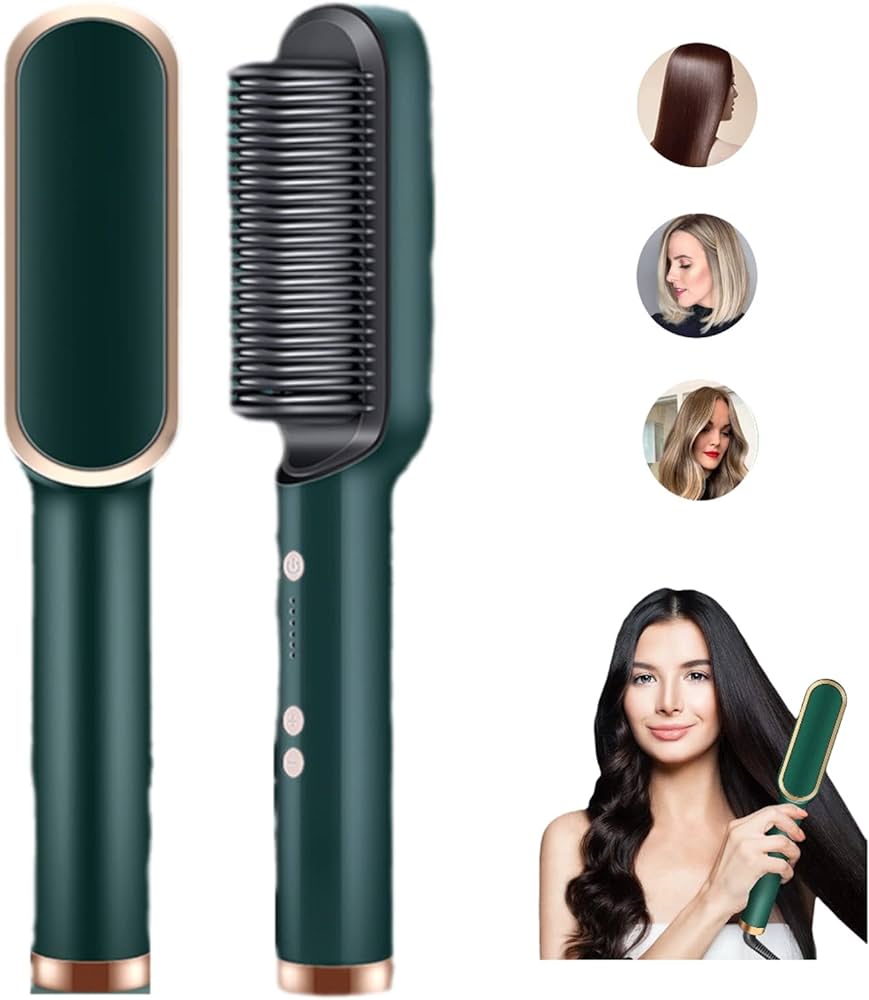
Step 5: Drying Your Curls
Air Dry or Diffuse: Allow your curls to air dry for the best results. If you need to use a blow dryer, attach a diffuser to minimize heat damage and frizz. Keep the dryer on a low heat and speed setting and avoid disturbing your curls while drying.
Final Touch-Up: Once your hair is dry, you can apply a small amount of anti-frizz serum or oil to add shine and further reduce frizz. Use your fingers to fluff your curls gently, adding volume without disrupting the curl pattern.
When to Avoid Brushing Curly Hair
Knowing when not to brush your curly hair is equally important to maintain its health and appearance.
Avoid Brushing When Dry: Brushing curly hair when it’s dry can cause significant frizz, breakage, and loss of curl definition. The natural oils that protect your hair are distributed unevenly, leading to more tangles and damage.
Prevent Excessive Brushing: Excessive brushing, even when wet, can weaken the hair shaft and lead to breakage. Be gentle and mindful with your brushing routine, and avoid overworking your curls.
Tools and Products for Brushing Curly Hair
Using the right tools and products makes a huge difference in how well you can manage and maintain curls.
Wide-Tooth Comb: A wide-tooth comb is essential for curly hair, allowing gentle detangling without causing breakage. The wide teeth help separate curls without pulling.
Curl-Friendly Brushes: Brushes designed specifically for curly hair, such as the Denman brush, help define curls and reduce frizz. Look for brushes with smooth tips and flexible bristles.
Leave-In Conditioner and Detangler: These products help moisturize and lubricate your curls, making brushing easier and reducing the risk of breakage. Opt for formulations designed for curly hair.
Curl-Defining Products: Curl creams, gels, and mousses help enhance your natural curl pattern and reduce frizz. Choose products free from sulfates, parabens, and silicones to keep your curls healthy.
Common Challenges and Solutions
Addressing common challenges ensures your curls remain healthy and well-defined.
Dealing with Knots and Tangles: Curly hair is prone to knots and tangles. Regularly use a leave-in conditioner or detangler and be patient while brushing to avoid pulling and breaking the hair.
Managing Frizz: Frizz can be a persistent issue for curly hair. Incorporate anti-frizz products into your routine and avoid brushing dry hair. Opt for microfiber towels or T-shirts instead of regular towels to reduce friction.
Ensuring Moisture: Curly hair can be dry and needs regular moisturizing. Use hydrating shampoos, conditioners, and leave-in products to keep your curls soft and manageable.
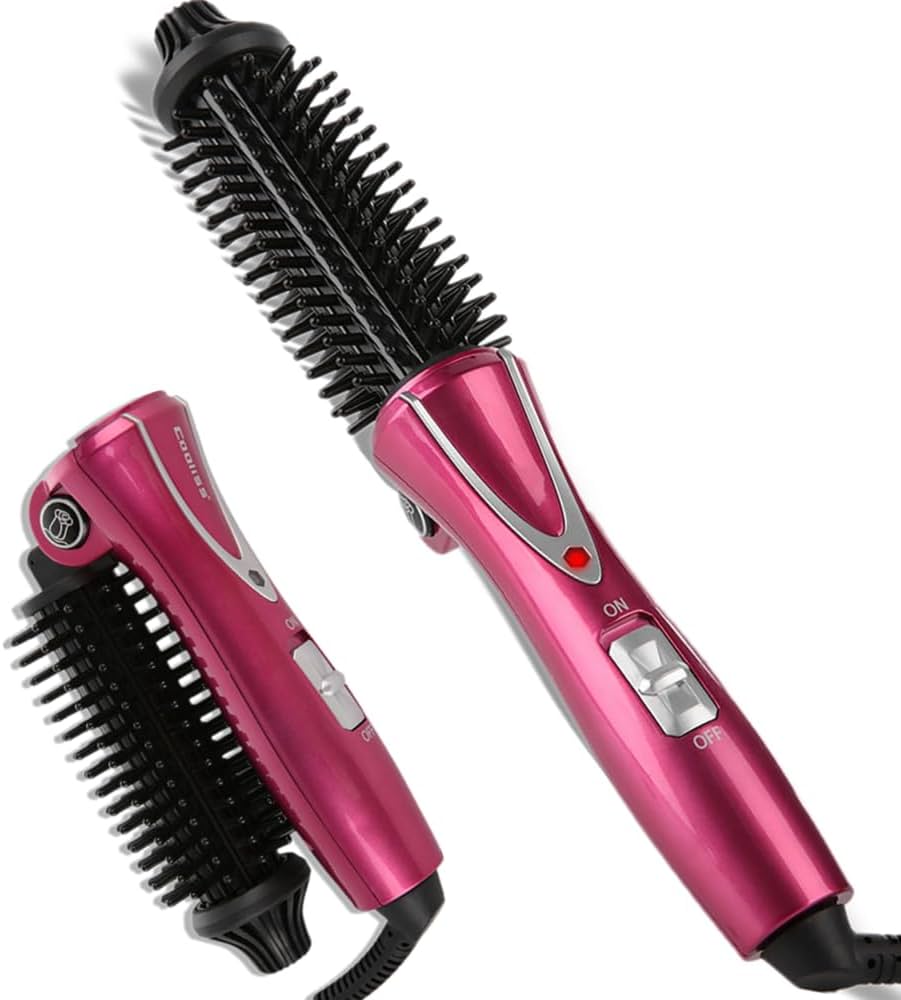
User Insights and Experiences
Learning from other users’ experiences provides valuable insights and practical tips.
Positive Feedback: Many users emphasize the importance of brushing curly hair when wet to reduce breakage and frizz. Incorporating leave-in conditioners and curl-defining products helps maintain curl integrity.
Effective Techniques: Users often recommend starting from the ends and working up to the roots when brushing to minimize tangling and breakage. Regular deep conditioning treatments significantly improve curl health.
Daily and Weekly Maintenance: Regular maintenance, such as avoiding excessive heat styling and using protective hairstyles, helps keep curls healthy. Users find that incorporating regular scalp massages and using silk or satin pillowcases reduce frizz and tangles.
Professional Advice: Consulting a professional hairstylist for personalized advice based on your curl type and texture can provide tailored solutions for maintaining and styling your curls effectively.
Comparing Brushing Frequency and Techniques
Understanding how often and how to brush curly hair ensures optimal results.
Frequency: How often you brush curly hair depends on your hair type and routine. Generally, brushing every wash day or when deeply conditioning is sufficient. Avoid daily brushing to prevent breakage and frizz.
Techniques:
- Wide-Tooth Comb: Ideal for detangling and initial brushing.
- Curl-Friendly Brush: Best for defining curls after detangling.
- Finger Combing: Gentle and effective, especially for maintaining curls without disrupting the pattern.
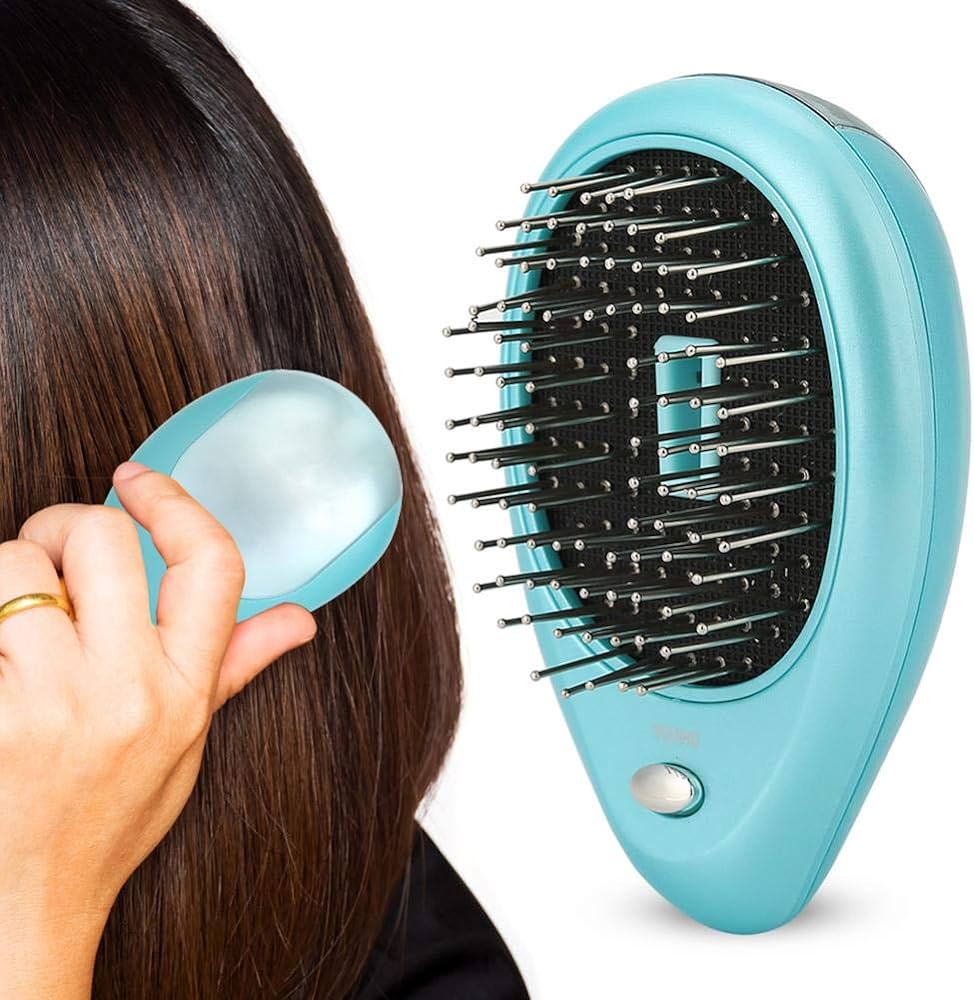
Maintenance and Long-Term Care
Regular maintenance and long-term care practices ensure your curls remain healthy and vibrant.
Deep Conditioning: Incorporate deep conditioning treatments into your routine at least once a week. These treatments provide essential moisture and nutrients, keeping your curls soft and manageable.
Protective Styling: Use protective styles such as braids, twists, or buns to minimize manipulation and reduce damage. These styles help maintain moisture and protect your hair from environmental factors.
Scalp Health: Maintain a healthy scalp by regularly cleansing and massaging it. A healthy scalp promotes hair growth and reduces issues like dandruff and itchiness.
Trimming: Regular trims every 6-8 weeks help remove split ends and maintain the shape of your curls. Trimming keeps your hair looking fresh and prevents damage from traveling up the hair shaft.
Conclusion
Knowing when to brush curly hair and following the correct techniques ensure your curls remain healthy, defined, and frizz-free. Brushing when wet, using appropriate tools and products, and incorporating regular maintenance practices are crucial for achieving beautiful curls. Addressing common challenges, learning from user experiences, and consulting professionals provide valuable insights into managing curly hair effectively. Whether through gentle detangling, deep conditioning, or protective styling, approaching your curly hair routine with care and precision makes all the difference in achieving the desired look and maintaining the health of your curls.
